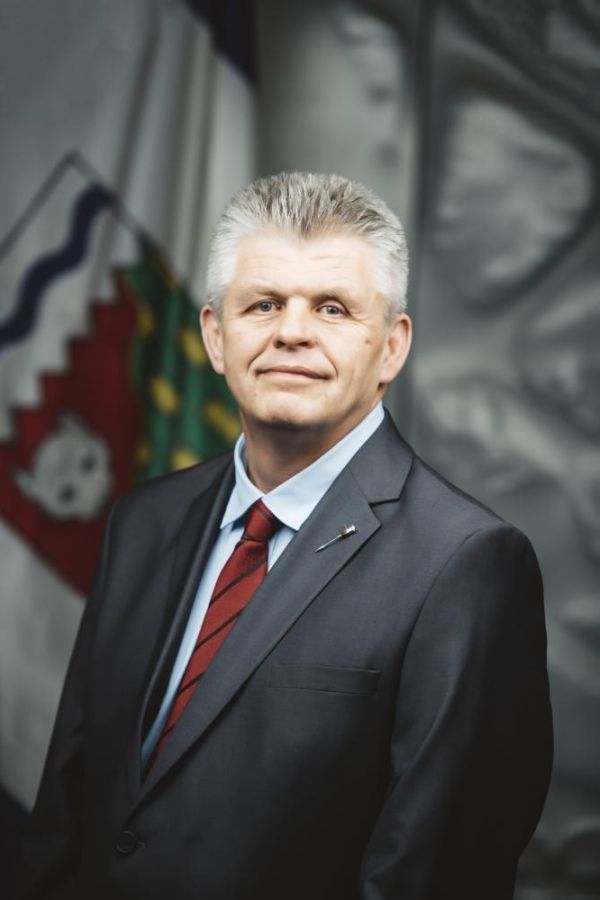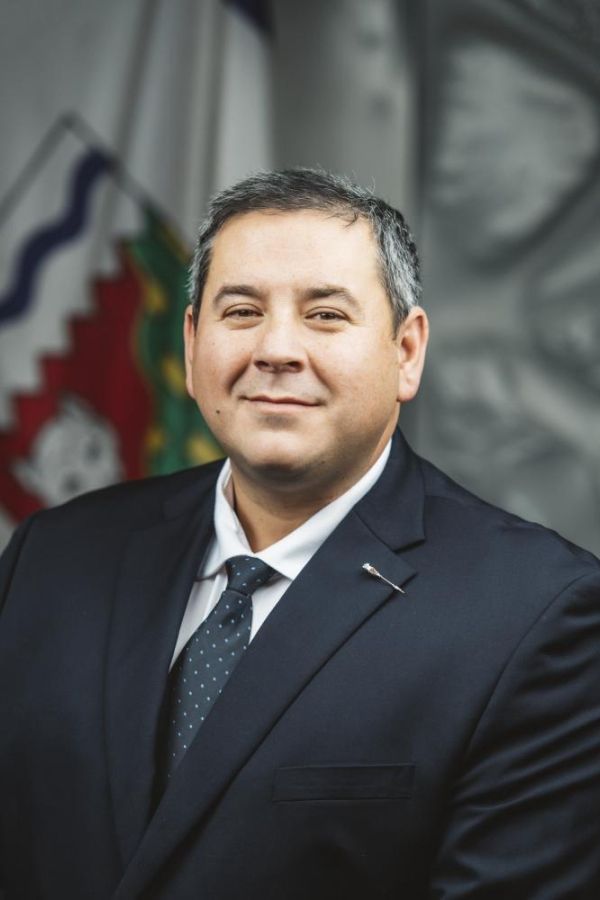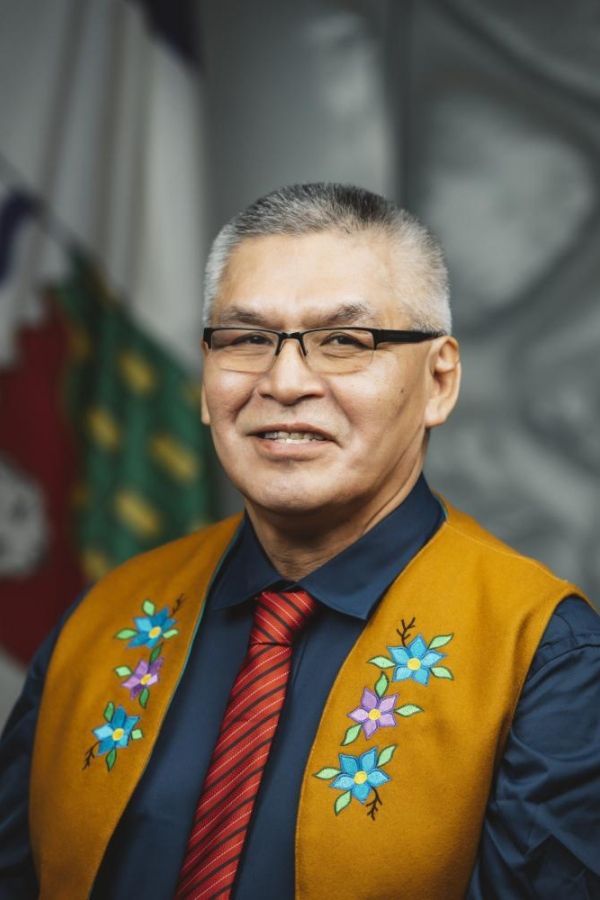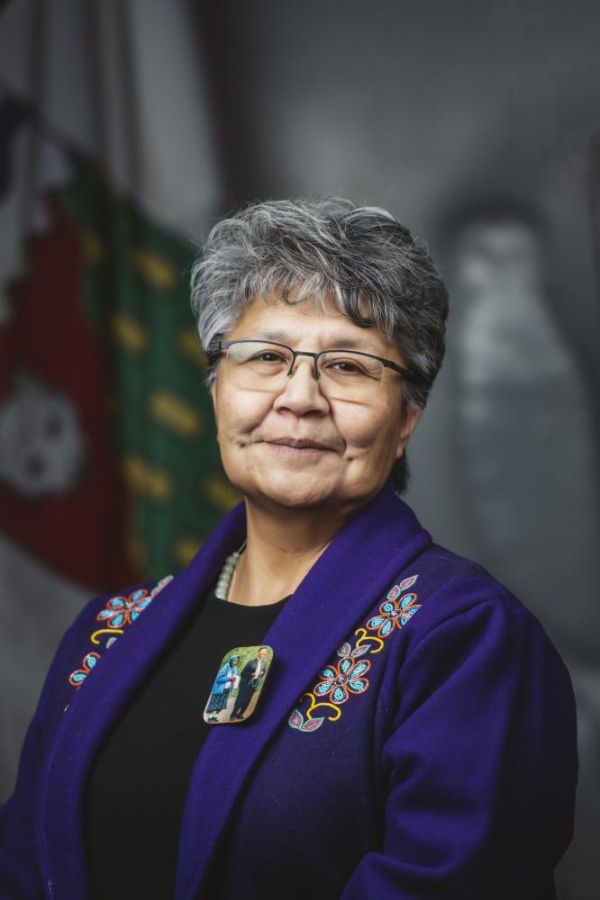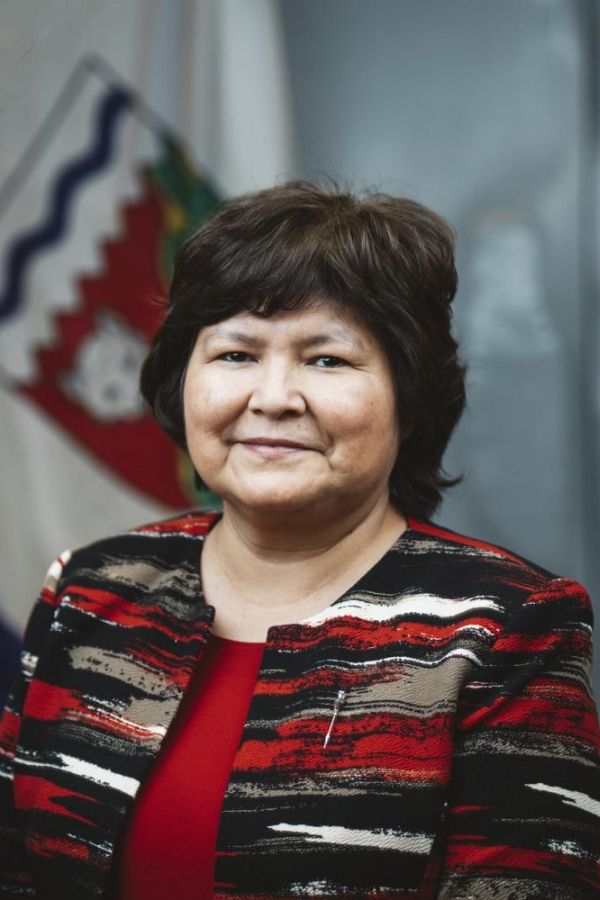Minister’s Statement 48-20(1): Update on Key Strategic Infrastructure Projects

Mr. Speaker, I recently had the opportunity to address the Northwest Territories Association of Professional Engineers and Geoscientists at their annual professional development symposium. The theme for this year's symposium was Building a Resilient North, which underscores a collective commitment to overcoming challenges and fostering innovative solutions for a sustainable future for residents. Today, I want to highlight the pivotal role that strategic infrastructure plays in securing the future prosperity of the Northwest Territories.
The strength of our economy and our future prosperity depend on reliable supply chains supported by critical infrastructure. This includes roads, rail lines, ports, ferries, pipelines, airports, and electricity transmission infrastructure, all essential for transporting goods, services, and materials to both domestic and international markets. As we build for tomorrow, it is crucial that we leverage the best standards, tools, and technologies to create infrastructure that meets both present and future needs.
With this in mind, the Government of the Northwest Territories is committed to maximizing federal funding to help close the infrastructure gap with investments in green power generation and transmission, transportation and communications networks. Transformative infrastructure projects such as the allseason Mackenzie Valley Highway, the expansion of the Taltson hydroelectric facility and airport updates and expansions are significant contributors to the stability of the NWT's economy.
Enhancing our allseason highway system remains a top priority. The Department of Infrastructure currently maintains 3,856 kilometers of highways, with nearly 2,500 of those kilometers being allseason roads half gravel and half chip seal or asphalt. Our road network includes 115 bridges, 247 bridge culverts, and more than 3,000 smaller culverts, as well as four ferry crossings. This summer, Infrastructure staff will be busy with over 20 roadway projects in various stages of completion, including access road construction, multiple highway development projects and bridge and culvert expansion and construction.
We are nearing the completion of phase one of the Prohibition Creek Access Road near Norman Wells, which will further strengthen our transportation system in additional to providing employment and training opportunities for Sahtu residents. During peak construction, the contractor hired 95 workers - 61 from the Sahtu and 12 from other Northwest Territories regions.
Mr. Speaker, we continue to advance strategic infrastructure projects such as the Mackenzie Valley Highway and the Slave Geological Province Corridor. Strong relationships with Indigenous governments and organizations are central to the success of these transformative projects, and we continue to work together on their advancement. The analytical phase of the Mackenzie Valley Highway environmental assessment is currently underway with technical and community information sessions anticipated this summer and fall. We remain on pace for a final report of an environmental assessment in 2025, and we also have extensive fieldwork and engagement planned for this summer, which will inform future regulatory applications for the Lockhart AllSeason Road, the first phase of the Slave Geological Province Corridor project.
In addition to new roads, we are undertaking necessary repairs to cables on the Dehcho Bridge and progressing the planning and design of highways, bridges and culverts including Dehk'e Frank Channel bridge replacement.
Mr. Speaker, waterways, like the Mackenzie River and Great Slave Lake, have long been vital for transporting people and goods. Despite challenges such as low water levels, Marine Transportation Services and the fuel services division are adapting and planning to ensure essential resupply to northern communities. The ongoing Hay River harbour restoration project is a testament to our commitment to maintain these crucial transportation routes. I am pleased to share that dredging operations began as scheduled on June 3rd, and approximately 80,000 cubic metres of sediment are expected to be removed from the harbour by midSeptember.
Extreme weather events linked to climate change, including wildfires, floods, low water levels, volatile wind, wave action, and changing Arctic Ocean ice pack have interrupted the supply of fuel to communities in the Northwest Territories. In an effort to minimize the impacts of these supply interruptions, the GNWT continues to explore funding opportunities with Canada to increase bulk fuel storage capacity of diesel, aviation and gasoline fuels in Sachs Harbour, Ulukhaktok, and Paulatuk. These projects will be critical to modernize, improve, and expand fuel storage facilities and to mitigate risks to the environment and achieve code compliance and when completed, would allow for the storage of two years of normal fuel consumption in each community.
The future prosperity of the Northwest Territories hinges on our commitment to building and maintaining strategic infrastructure. Last year's evacuations and reentries across the territory highlight the paramount importance of access and transport by air, road, and water. The GNWT's ongoing investment in transportation infrastructure aims to improve residents' peace of mind and quality of life, lower living costs, and support economic expansion and diversification. Thank you, Mr. Speaker you.






